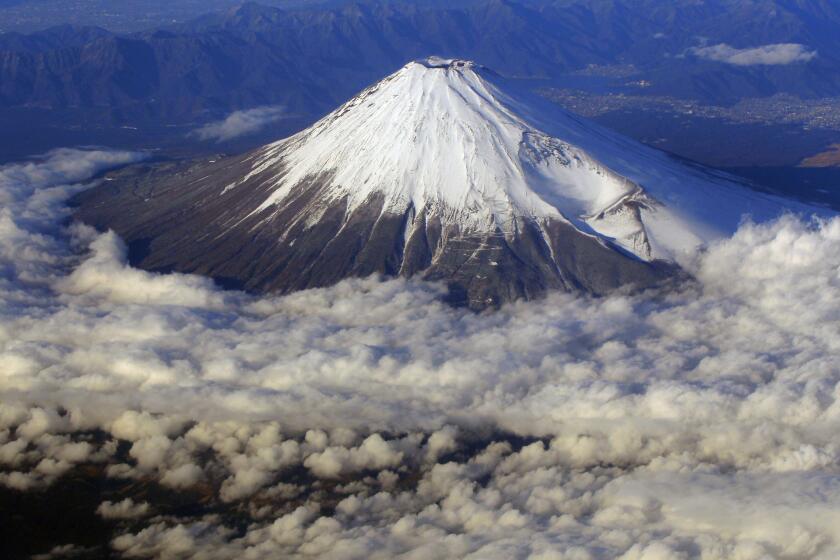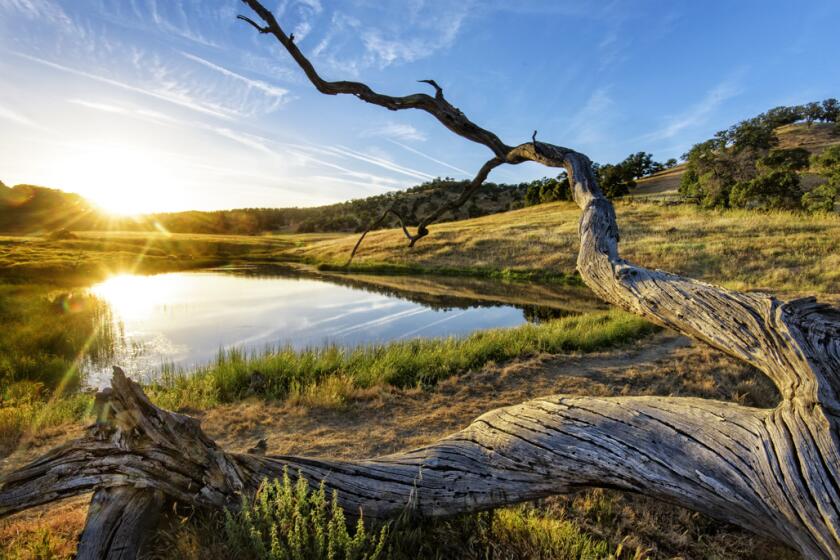Who Makes the Best Riesling? New York, Baby
All the money in the world can’t buy time. And when it comes to developing a fine wine region, time is a key ingredient. The evolution of viticulture can’t be rushed; it takes as long as it takes.
That’s why one of America’s newest emerging wine districts is also one of the oldest. Winegrowing dates to the 19th century in the Finger Lakes district of upstate New York. Yet only in the last 10 years or so has the Finger Lakes wine community begun to attract worldwide attention with Riesling, Pinot Noir and sparkling wines that can stand with the world’s best.
Especially Riesling. Wineries such as Dr. Konstantin Frank’s Vinifera Wine Cellars, Fox Run, Hermann Weimer, Chateau Lafayette-Reneau and Heron Hill are consistently producing Rieslings that can compete with the world’s best.
In fact, the most impressive American Riesling in my experience was a 1990 Vinifera Cellars Dry Riesling from a ridge above Keuka Lake, which I tasted during a visit there last fall. At 10 years old, it had developed a seductively rich bouquet, yet was still fresh and bracing, with razor-sharp definition.
Other Finger Lakes wineries-Fox Run, Hermann Weimer, Chateau Lafayette-Reneau, Heron Hill, to name a few are consistently hitting the same mark. Until recently, Riesling that good has seldom been found outside northern Europe and, more recently, Australia.
Not surprisingly, the Finger Lakes region is quite similar to the best viticultural areas of Germany’s Mosel, Saar-Ruwer, Nahe and Rhine river valleys. The combination of deep, narrow lakes and steep bordering ridges particularly resembles the mid-Mosel district, site of some of the world’s greatest Riesling vineyards.
The ridges provide meager, well-drained soils, angled exposure to the sun and frost-preventing air drainage. The lakes regulate the local climate by tempering the seasonal extremes: The water is warmer than the ambient temperature during winter and cooler during summer, setting up circulation patterns that keep the slopes directly above the lakes suitable for Vitis vinifera, the classic European wine grape.
That zone is well on the cool side for most grapes, especially the fashionable red Bordeaux varieties. But it is nearly ideal-in the warmest locations-for Riesling, Pinot Noir, Chardonnay and Loire-style Cabernet Franc.
Any outstanding New World wine region tends to have at least one visionary in its past. The central figure in the Finger Lakes story is Konstantin Frank, a Ukrainian immigrant who introduced Vitis vinifera grape varieties to the area in the post-war years. Frank is the East Coast counterpart to the legendary Napa Valley enologist Andre Tchelistcheff (not surprisingly, they were friends).
Up to that time, the area’s large wine industry had thrived on native American Vitis labrusca grapes such as Concord and Duchess and French-American hybrids such as Ravat, Chardonel, Vignoles and Baco Noir. Frank, then working at the large Gold Seal winery on Keuka Lake, was convinced that Vitis vinifera varieties would flourish there provided they were winter-hardy and grafted on phylloxera-resistant roots. His personal choice was Riesling, and Frank’s Vinifera Wine Cellars was founded primarily as a Riesling house in 1960.
Frank’s son, Willy, saw that the climate was also very similar to Champagne’s. That brought him into conflict with his father, who sneered, “They only make sparkling wine in Champagne because they can’t get their grapes ripe enough to make decent table wine.”
Both were correct, of course; necessity was the mother of Dom Perignon’s invention. But the Champenois turned it into a virtue, exemplified by the great tte-de-cuvee Champagnes, which are some of the world’s most glorious wines. Willy Frank was determined to do the same thing in the Finger Lakes.
He was also determined to make a profit, which his father was having trouble doing. “My grandfather was a scientist,” says Frederick Frank, Willy’s son and the current president of Dr. Konstantin Frank Vinifera Wine Cellars. “He ran the estate like the experimental station at Geisenheim, growing a hundred different grape varieties and making micro-vinifications of each one. He literally lived to promote the cause of vinifera on the East Coast and didn’t care about profits.”
Willy Frank was a businessman first. When he was called to run the winery during his elderly father’s illness, he saw right away that to be successful, the winery would have to focus on a few wines, so he reduced the varietal roster from 100 to 12. When his father resisted, Willy Frank established his own cellar next door to the family winery and began producing methode champenoise sparkling wines under the Chateau Frank label.
Frederick Frank is a businessman, like his father, but he also studied winemaking at Geisenheim, like his grandfather. Before joining the family business, he established Banfi’s Old Brookville Chardonnay estate on Long Island. When Willy Frank began concentrating on Chateau Frank, Frederick Frank assumed presidency of Dr. Frank VWC. The grandson has continued to concentrate on Riesling, Pinot Noir and a few other varietals while expanding production and adding a popular second label, Salmon Run.
An important distinguishing factor in the Finger Lakes District is the prevalence of an old German Riesling clone, Neustadt clone 90. It was introduced by Konstantin Frank in the late 1950s.
Clone 90 is a winter-hardy vine that yields small crops of intensely aromatic and flavorful fruit with the mineral undertones prized by classical Riesling fans. By contrast, most Riesling acreage in California, Oregon and Washington (and throughout the Rhine districts) is planted to newer high-yielding Geisenheim clones with broader, more tropically inflected fruit characteristics. Konstantin Frank’s 40-year-old vines, which cling to a stony slope dropping to the river-like expanse of Keuka Lake, continue to provide bud wood for new vineyards throughout New York.
Therein lies a strong advantage in establishing the regional character of Finger Lakes Riesling, Fred Frank told me. “I’m a firm believer in terroir,” he continued. “The character of Finger Lakes Riesling, the minerality and delicate floral quality and high natural acidity, comes from the vineyards. You can’t mistake a Finger Lakes Riesling for a West Coast Riesling.”
The gorgeous 1990 Dr. Frank Riesling I tasted was made by winemaker Peter Bell. Now at Fox Run Vineyards on Seneca Lake (one finger over from Keuka), Bell continues to make outstanding dry and off-dry Finger Lakes Riesling.
Fox Run Rieslings have beautiful fruit and, more important, a clear underlying stoniness. Bell asserts that Finger Lakes Rieslings are not only distinctive but more attractive than their German equivalents. “They’re more lush in fruitiness, with more clear-cut fruit aromas. You get apricot, lime peel, apple blossom and a smoky, wet-slate aroma that’s particular to the Finger Lakes.”
Wines from the Finger Lakes are just beginning to show up in West Coast stores and restaurants. The timing couldn’t be better. Grilling season is almost upon us, and there’s nothing like sipping a cool, fragrant Riesling while the coals burn down.
Smith is writer-at-large for Wine & Spirits Magazine.
Sign up for The Wild
We’ll help you find the best places to hike, bike and run, as well as the perfect silent spots for meditation and yoga.
You may occasionally receive promotional content from the Los Angeles Times.



